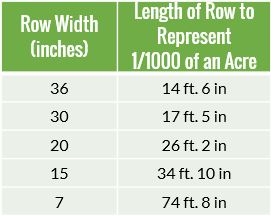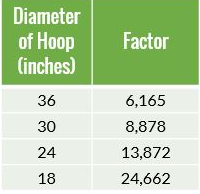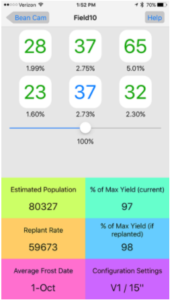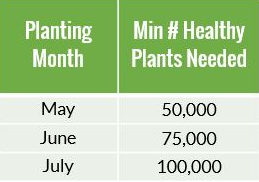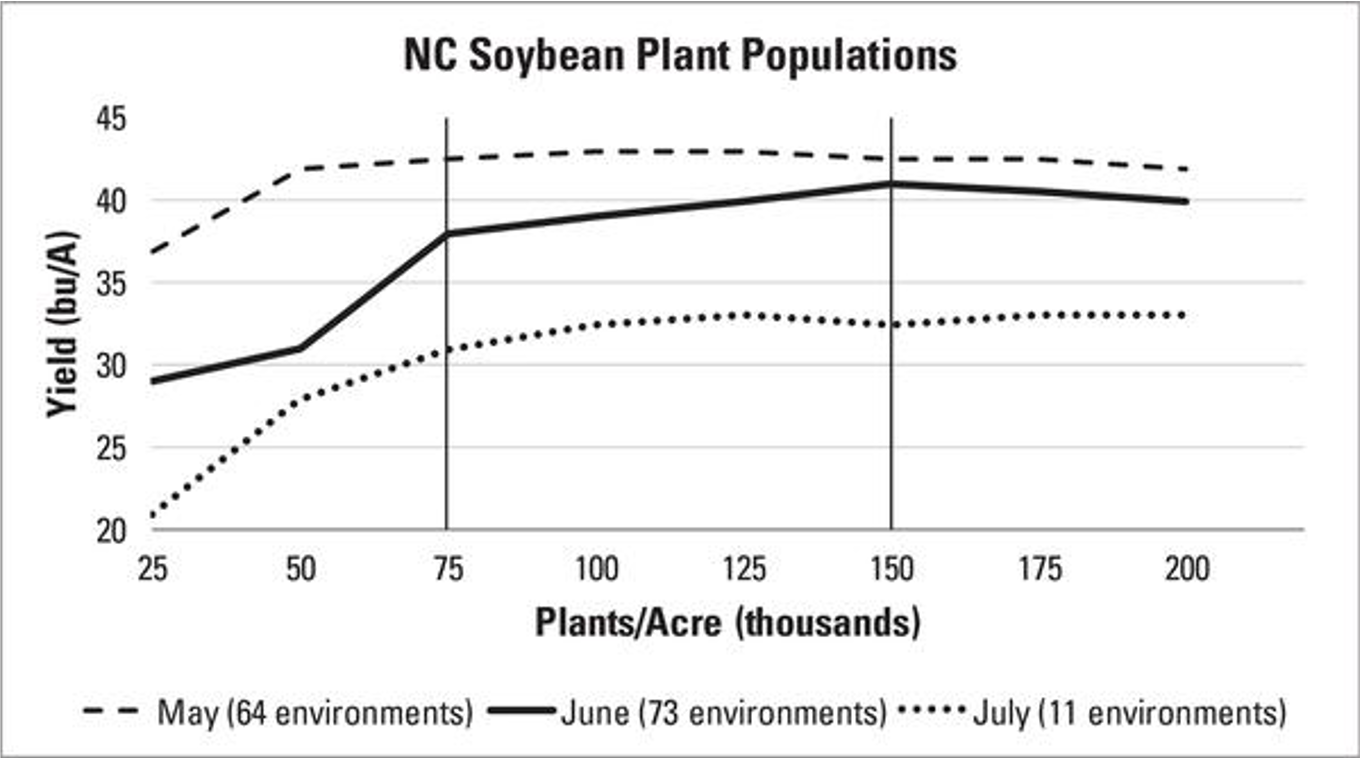Assessing Soybean Stands
go.ncsu.edu/readext?697241
en Español / em Português
El inglés es el idioma de control de esta página. En la medida en que haya algún conflicto entre la traducción al inglés y la traducción, el inglés prevalece.
Al hacer clic en el enlace de traducción se activa un servicio de traducción gratuito para convertir la página al español. Al igual que con cualquier traducción por Internet, la conversión no es sensible al contexto y puede que no traduzca el texto en su significado original. NC State Extension no garantiza la exactitud del texto traducido. Por favor, tenga en cuenta que algunas aplicaciones y/o servicios pueden no funcionar como se espera cuando se traducen.
Português
Inglês é o idioma de controle desta página. Na medida que haja algum conflito entre o texto original em Inglês e a tradução, o Inglês prevalece.
Ao clicar no link de tradução, um serviço gratuito de tradução será ativado para converter a página para o Português. Como em qualquer tradução pela internet, a conversão não é sensivel ao contexto e pode não ocorrer a tradução para o significado orginal. O serviço de Extensão da Carolina do Norte (NC State Extension) não garante a exatidão do texto traduzido. Por favor, observe que algumas funções ou serviços podem não funcionar como esperado após a tradução.
English
English is the controlling language of this page. To the extent there is any conflict between the English text and the translation, English controls.
Clicking on the translation link activates a free translation service to convert the page to Spanish. As with any Internet translation, the conversion is not context-sensitive and may not translate the text to its original meaning. NC State Extension does not guarantee the accuracy of the translated text. Please note that some applications and/or services may not function as expected when translated.
Collapse ▲Substantial rainfall coupled with lower than average temperatures throughout the month of May has led to growers having to make replant decisions. Below are some factors to consider provided by NC State University Soybean Specialist Dr. Rachel Vann when deciding to replant.
Here are 4 things to consider when making your decision:
1) Stand counts get an accurate estimate of your remaining soybean stand. You can do this by using one of the following methods recommended by the NC Soybean Producers Association:
Row-length method. One common way is to count plants in a row. To determine stand using this method, count the number of plants in a row equal to 1/1000th of an acre. Reference the chart below or use the formula to determine the length of row to use.
Make five to ten counts from different areas of the field, average these and multiply by 1,000 to get the plant population per acre.
Hula hoop method. Another common way is the hula hoop method. To determine stand using this method toss a hula hoop (or any perfectly round hoop, like a circle piece of wire or a barrel hoop) with a known diameter into a random location of the field and count the number of plants in the hoop. Do this five to ten times across different areas of the field and average these. Then multiply the average by the appropriate factor in the table below or use the formula to calculate the appropriate factor.
Remember: The radius of a circle is half the diameter.
Bean Cam App. For those of you who are tech savy, you may want to test out this Bean Cam App from the University of Wisconsin. The app can be downloaded from the Badger Bean website. The free, handy app calculates a field’s plant population by averaging five plant count samples at the VC, V1 or V2 growth stages. You simply snap five photos at random points in your field and the app will calculate your expected yield percent at harvest with and without spring replanting.
Regardless of the method used, be sure to count only live plants. Plants with stems broken off below the cotyledons should be considered dead. Some leaf damage can be tolerated, but plants with stem damage may or may not survive.
It’s really important to take time to get out in the field to get an accurate standout. It’s only natural to be drawn to the worst spots in the worst fields, but a more random approach is best. Otherwise, you may “over-estimate” emergence problems.
If your stands are lower than you were expecting – don’t panic. Soybeans have the unique ability to compensate for low stands and they produce similar yields across a range of plant populations. At this point in the year, even stands as low as 50,000 plants/acre should yield very close to the maximum (see this post, for more info on seeding rates).
We don’t suggest replanting unless the stand is less than 50,000 plants/acre as the difference in yield will not cover the cost of replanting. And you may be better off investing the money you would have spent on replanting on an effective in-season residual to give you better control of weeds in areas with lower stands. If you do decide to replant, don’t tear up the stand and start over. Simply inter-plant new seed with a similar maturity into the existing stand.
2) Yield Potential Once you have an estimate of what your stand is, compare that to what population you can get 100% of your maximum yield potential. Our data says the following plant populations can still lead to 100% yield potential in North Carolina:
May planted soybeans at 75,000 plants per acre;
June planted soybeans at 90,000 plants per acre;
July planted soybeans at 100,000 plants per acre.
3) Problem Solving Correct the reasons for the poor stand before you replant. Replanting will only be beneficial if the poor stand was a result of an issue that was corrected beforehand. Contact your County agent for confirmation of the issue and for resources you can use to prevent it from recurring.
4) Net Gains Replant coverage can certainly benefit your operation. Remember to weigh the economic benefit against the additional time it would take to replant your soybeans. Also, delayed soybean planting dates past mid-June in North Carolina can result in a 1/2 bushel per acre, per day yield disadvantage. Replanting is a big decision and NC State Extension is here for you! Give us a call to discuss options that will work best on your own farm.
For any questions or help assessing your soybean stand, contact Field Crops Agent, Dylan Lilley at 252-426-5428.
For additional information see the NC State Extension Soybean Portal.




